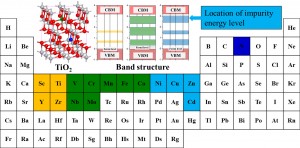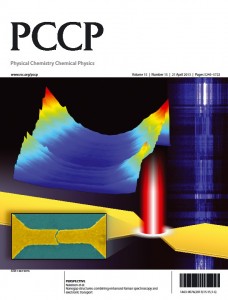There has been an increase in the popularity and practical application of hyperpolarization NMR/MRI. One way to achieve high levels of nuclear spin polarization is based on the notion that as the temperature is reduced (characterized by the spin-lattice relaxation time, T1), the equilibrium nuclear polarization will increase, according to the Boltzmann distribution. The main problem with this approach is the length of time it may take to approach thermal equilibrium at low temperatures, since nuclear relaxation times can become very long.
Now, scientists in the UK show that DTPA(diethylene triamine pentacetic acid)-chelated lanthanides can be used as spin-lattice relaxation T1-shortening agents of nuclear spins, to expedite NMR data. Differential effects are seen with different lanthanides, with holmium and dysprosium causing the most relaxation, while gadolinium is ineffective at temperatures of 20 K and below.
Reducing the T1 values of the relevant nuclei increases the rate at which data can be acquired, and this new method is hoped to have applications in routine chemical analysis, as well as in selected tissue metabolism studies that require only coarse spatial localization.
Read the full details of this exciting development:
Achievement of high nuclear spin polarization using lanthanides as low-temperature NMR relaxation agents
David T. Peat, Anthony J. Horsewill, Walter Kockenberger, Angel J. Perez Linde, David G. Gadian and John Robert Owers-Bradley
DOI: 10.1039/C3CP00103B











 Between bulk metals and their individual atoms lies the murky world of metallic clusters. These often have unique properties, and understanding them is as challenging as it is interesting. Many properties are a direct function of cluster size, and provide important insights into the progression from individual atoms to bulk solids. It is therefore important to ascertain the exact size at which a particle ceases to be classified as a cluster and becomes a bulk solid. This moment can either be measured experimentally or calculated using a theoretical model.
Between bulk metals and their individual atoms lies the murky world of metallic clusters. These often have unique properties, and understanding them is as challenging as it is interesting. Many properties are a direct function of cluster size, and provide important insights into the progression from individual atoms to bulk solids. It is therefore important to ascertain the exact size at which a particle ceases to be classified as a cluster and becomes a bulk solid. This moment can either be measured experimentally or calculated using a theoretical model.





